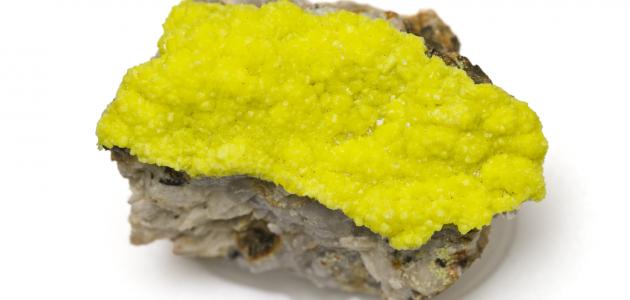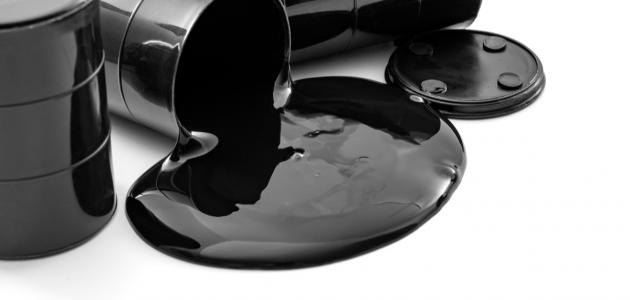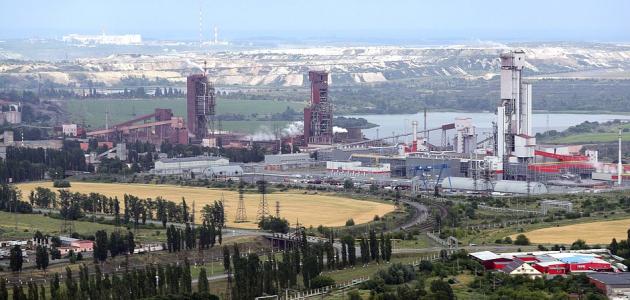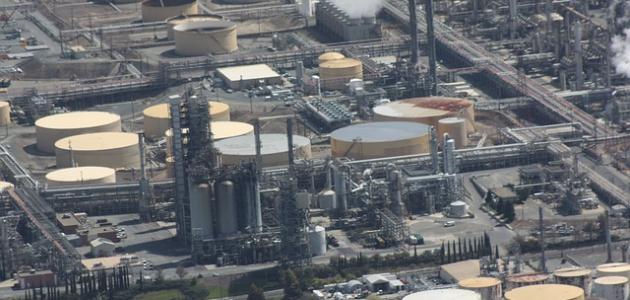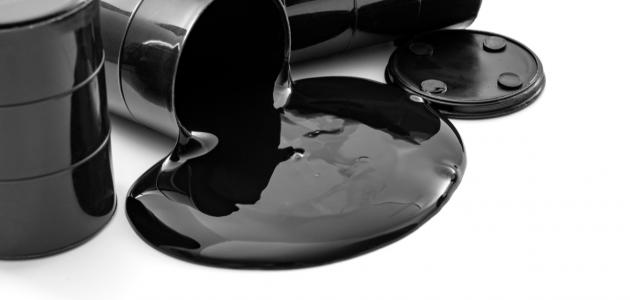uranium
Uranium (in English: Uranium) is a radioactive and toxic chemical element, its color is silvery-white, and it is a heavy metal with an atomic number of 92, as it belongs to the actinide series that includes elements whose atomic numbers range from (90-103), and it is also considered among the elements The (48) is the most abundant in the world, and it is more abundant than silver forty times, and its proportion in the earth's crust is estimated at approximately (2×10).-3%) and is not found free in nature, but within minerals such as oranite or pitchblende, uraninite, carnotite, autunite, and torbernite. With a small percentage that does not exceed (0.01%) of the weight of natural phosphate (phosphorites), natural uranium ores are found in different parts of the world, but the richest uranium ores are distributed in the Republic of the Congo, Canada, and the United States of America.
Discovery of uranium
Uranium was discovered in 1789 AD by the German chemist Martin Klaproth, who named it uranium after the planet Uranus, but it became clear later that the substance that Klaproth discovered was uranium oxide and not pure uranium, and pure uranium was later isolated on The hand of the French scientist Eugène-Melchior Péligo by heating uranium tetrachloride with potassium, and in 1869 AD the French scientist Henri Becquerel discovered the phenomenon of radioactivity in uranium by chance while studying the effect of light on uranium salts, and he has Henri Becquerel and Marie Curie and Pierre Curie shared the Nobel Prize in 1903 for this discovery, and Mendeleev indicated in the same year that uranium was the heaviest element discovered at that time. In 1938, scientists Otto Hahn and Fritz Strassman discovered that bombarding uranium with neutrons causes it to split into two roughly equal parts, a process called nuclear fission that generates a lot of heat from small amounts of uranium.
Read also:Petroleum transportationuranium isotopes
Uranium isotopes are uranium atoms that have a different number of neutrons, the most important of which are:
- Uranium 238: It is the most common type of isotope, as it constitutes 99.3% of natural uranium, and it is also the most long-lived type, with a lifespan of 4.5 billion years.
- Uranium 235: It is one of the rare isotopes, as it constitutes only 0.7% of natural uranium, and it is fissionable, with a lifespan of 700 million years, and it is used in nuclear reactors.
- Uranium 234: It is one of the isotopes found in natural uranium at a ratio of 1-18800 compared to uranium-238.
- Uranium 236: It is industrial uranium found in spent nuclear fuel.
- Uranium 233: It is uranium that can be fissile with neutrons and is used to produce energy.
- Uranium 232: It is a by-product of nuclear reactions, with a lifespan of 68.9 years.
General information about uranium
Here is some general information about uranium.
- The atomic number of uranium, i.e. the number of protons in the nucleus, is 92.
- The chemical symbol for uranium is the letter U.
- The atomic weight (average atomic mass) of uranium is 238.02891.
- The density of uranium is 18.95 grams per cubic centimeter.
- The melting point of uranium is 2.075 degrees Fahrenheit, or 1.135 degrees Celsius.
- The boiling point of uranium is 7.468 degrees Fahrenheit (4.131 degrees Celsius).
- There are 16 isotopes of uranium, of which 3 are naturally occurring.
- Uranium exists at room temperature in the solid state.
- Scientist Marie Curie, who worked on uranium and discovered polonium and radium, died in 1934 AD after suffering from aplastic anemia, a disease characterized by a decrease in the number of red blood cells as a result of prolonged exposure to radiation.
- Uranium oxidizes rapidly when exposed to air.
- Enriched uranium is a type of uranium in which the percentage of uranium-235 is between 3%-5% instead of the usual percentage of 0.7%, and the percentage of uranium-235 is increased by isotope separation, or by using a centrifuge.
- Depleted uranium is the uranium that remains after uranium enrichment, and its radiation content is 40% less than natural uranium. It is also dangerous when inhaled or ingested orally, or when it enters the body when exposed to gunfire.
uses of uranium
Uranium is used in many fields, including:
Read also:What are the conditions for the formation of oil?- Producing nuclear energy for military purposes, and in the manufacture of tanks and missiles. It is worth noting that the first atomic bomb that was launched in World War II in 1945 AD on the city of Nagasaki in Japan contained the uranium-235 isotope, and caused the destruction of infrastructure and the killing of tens of thousands of people. In addition to the fission bomb that was dropped on Hiroshima in the same year.
- Production of nuclear energy for commercial purposes.
- Estimating the age of materials radioactively, for example, the age of igneous rocks can be estimated using uranium-238.
- Manufacture of phosphate fertilizers.
- Color the glass so that it glows greenish-yellow when exposed to black light.
harmful effects of uranium
Uranium is found naturally in water, air, soil, and food, so it can reach humans in small quantities through breathing or eating root vegetables such as radishes, and these quantities are somewhat safe and the body gets rid of them directly through urine and feces, but the most vulnerable Harmful to uranium are people who work in the phosphate industry, or live near mines and burial sites for hazardous waste, and those who eat crops grown in contaminated soil, or drink water from uranium waste disposal sites, which leads to some health effects such as kidney disease, and increased rates of Cancer disease.
Read also:Where is Shaybah field located?